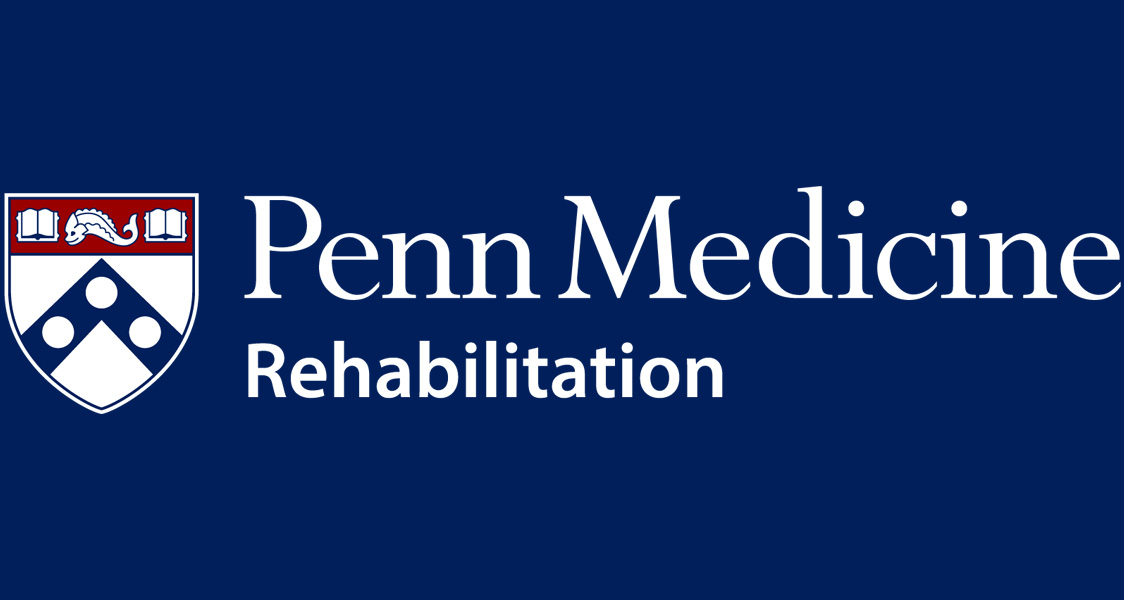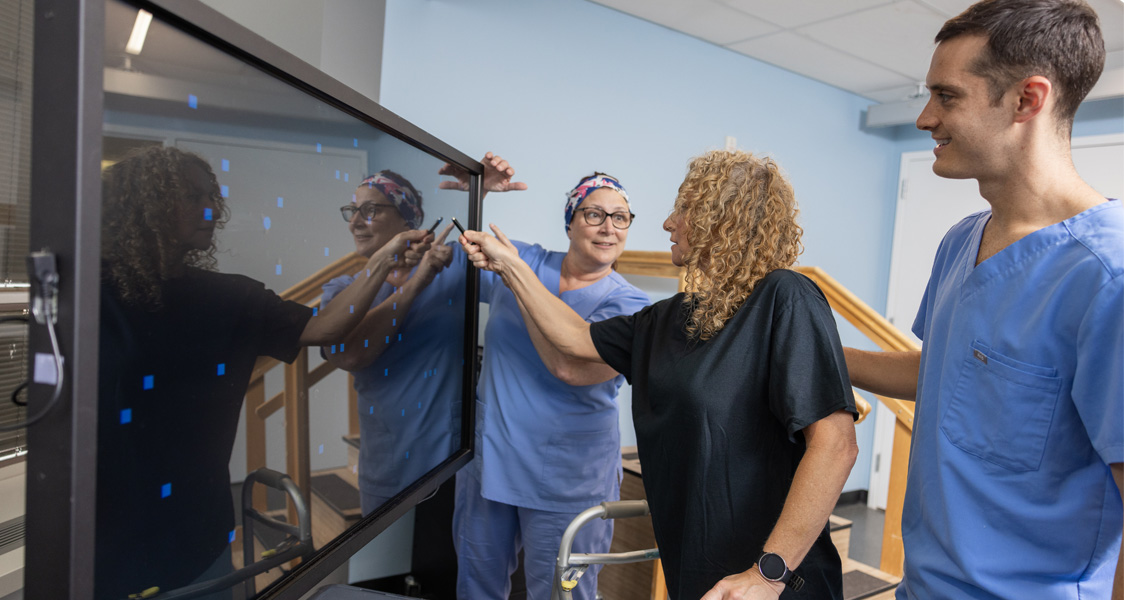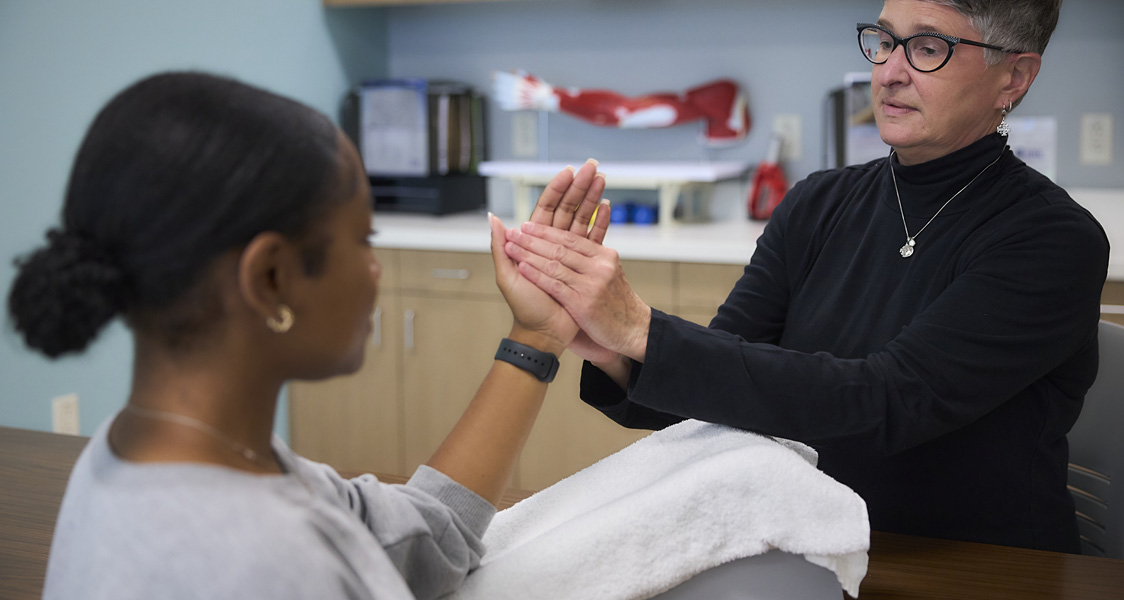Inpatient Rehabilitation Unit of the Hospital of the University of Pennsylvania Adopts New Name

Penn Institute for Rehabilitation Medicine is Now Penn Medicine Rehabilitation
Since its founding in 2008, the Philadelphia-based Penn Institute for Rehabilitation Medicine (PIRM) has provided inpatient rehabilitation care to thousands of patients after serious injury or illness. On December 1, 2022, the inpatient unit of the Hospital of the University of Pennsylvania will have a new name – Penn Medicine Rehabilitation.
The 58-bed unit is located within Penn Medicine’s Rittenhouse building at 18th and Lombard Streets. A team of specialized rehabilitation nurses, occupational, physical, speech and recreational therapists and neuropsychologists partner with Penn Medicine Physical Medicine and Rehabilitation physicians to care for patients recovering from conditions such as stroke, brain injury, cancer, spinal cord injury and orthopedic injuries. Services provided at the unit are managed by Good Shepherd Penn Partners (GSPP).
The name change emphasizes the important role the unit plays within Penn Medicine.
“Transitioning to Penn Medicine Rehabilitation will mean stronger name recognition and clarity for patients, their families and physicians who refer to the program,” says Jessica Cooper, Executive Director, GSPP.
“This name change communicates to patients that Penn Medicine Rehabilitation is an essential part of the continuum of care and their road to recovery,” says Cooper. “There is peace of mind knowing that the doctors who care for patients here are the very same physicians who work in Penn’s downtown hospitals.”
“Good Shepherd Penn Partners was founded to advance care for persons needing rehabilitation,” says Timothy Dillingham, MD, MS, Chair, Department of Physical Medicine and Rehabilitation, Penn Medicine. “The department has served as a cornerstone for this partnership—providing medical leadership and subspecialty expertise for program development in collaboration with our care teams at Penn Medicine Rehabilitation. Building on the expertise contributed by both organizations, over the past 13 years, we became a premier center for rehabilitation care regionally and nationally.”
One thing won’t change, says Cooper, and that’s the excellent care patients receive.
“The new name is exciting, but it’s really a testament to the amazing work our clinicians and Penn Medicine physicians do to help people recover from life-changing injuries and illnesses,” says Cooper. “They truly make miracles happen every day.”
For more information about Penn Medicine Rehabilitation, click here.




